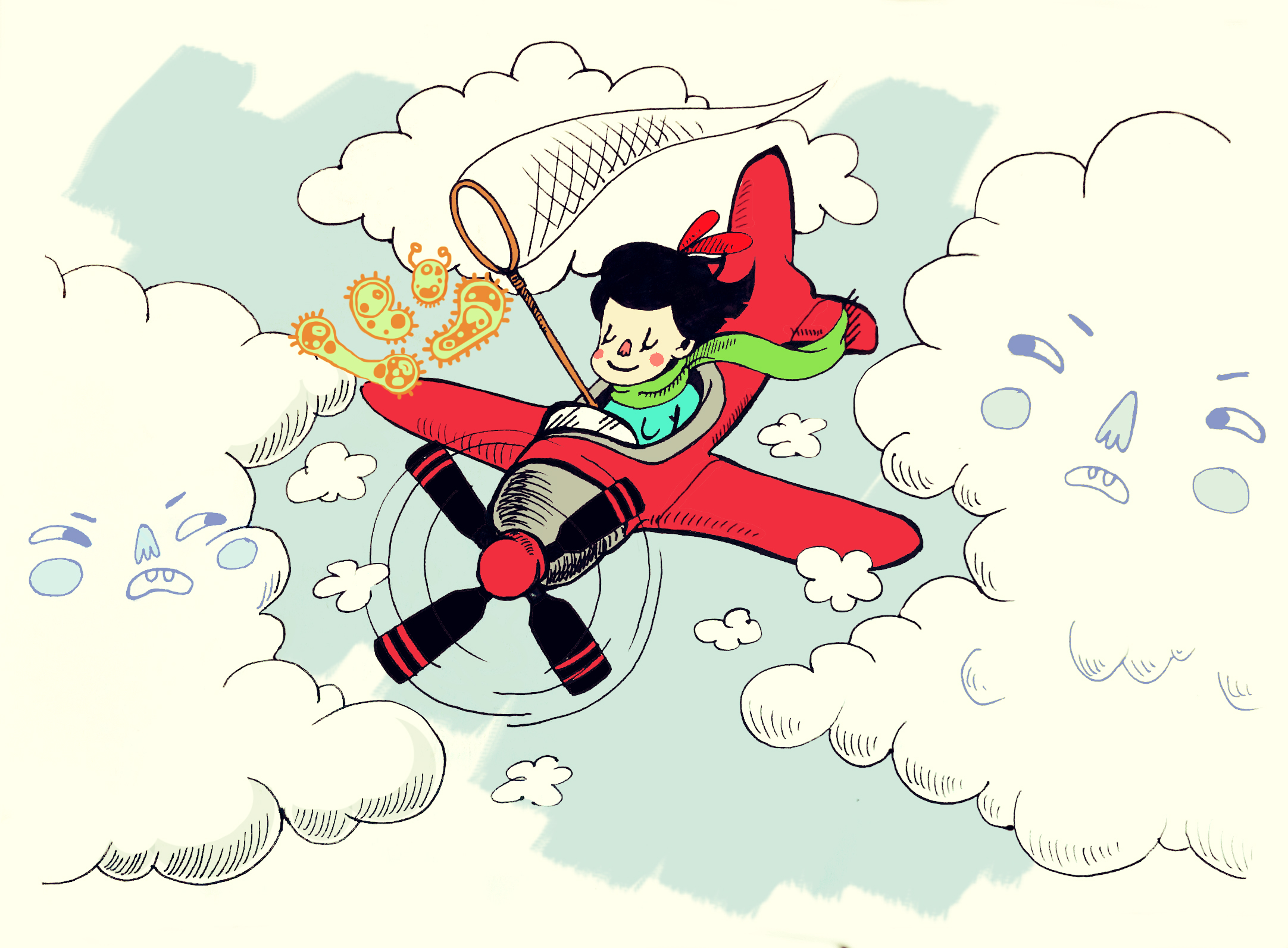Do you remember seeing clouds from an airplane for the first time? Even if that first time was as an adult, you were probably struck by the appearance of solidity. Seen from above, a cloudscape looks like a landscape — it looks like a place where things might live.
At school we learn that clouds aren't solid: They are just made of water vapor. And when the amount of water in a cloud reaches a certain point, it becomes too heavy to stay suspended in the air, and falls down: It rains. The process, we are told, is a physical one. Condensation, cooling, saturation, precipitation.
How thrilling, then, to learn that the world is a more complicated place. To a whole range of organisms, clouds are places to live. To microbes, clouds are not just landscapes: They are ecosystems. Even more than that, precipitation — the act of rain and snow falling out of the sky — seems to be biological. Rain, you could say, is bacteria's way of getting out of the sky.


















With your current subscription plan you can comment on stories. However, before writing your first comment, please create a display name in the Profile section of your subscriber account page.